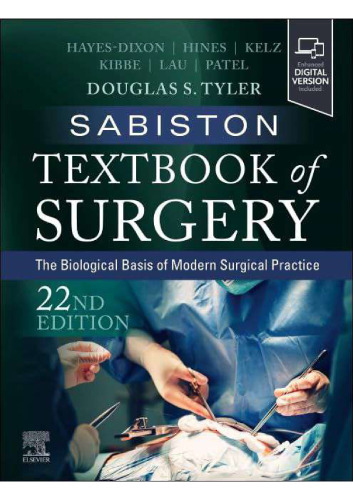Exercise is the act of increasing metabolic rate for the purpose of enhancing physical fitness. Exercise can be one of the most stressful physiological responses that the body undertakes. With exercise, there are increases in metabolic rate, heart rate, blood flow (hyperemia), respiration, and heat production. The increased metabolic requirement during exercise is well met by an increased blood flow (functional hyperemia) and oxygen supply to the exercising tissue, which is regulated by multiple local and systemic mechanisms. The local mechanisms (factors) are responsible for mediating the muscle homeostasis and vascular conductance to match the increased metabolic requirement, whereas the systemic mechanisms are responsible for the maintenance of blood pressure and global cardiovascular homeostasis, including the increase in and redistribution of cardiac output, which is mainly mediated by sympathetic activation. For instance, the substantial decreases in vascular resistance and resultant large increase in blood flow during exercise require higher blood pressure and more cardiac output, such that the metabolically active muscle can be perfused with adequate blood flow. This book will provide an overview of the cardiovascular responses to exercise under physiological conditions as well as some pathological circumstances.
چکیده فارسی
ورزش عمل افزایش متابولیک به منظور افزایش آمادگی جسمانی است. ورزش می تواند یکی از استرس زاترین پاسخ های فیزیولوژیکی باشد که بدن انجام می دهد. با ورزش، میزان متابولیسم، ضربان قلب، جریان خون (هیپرمی)، تنفس و تولید گرما افزایش می یابد. افزایش نیاز متابولیک در حین ورزش به خوبی با افزایش جریان خون (پرخونی عملکردی) و اکسیژن رسانی به بافت ورزش که توسط مکانیسم های موضعی و سیستمیک متعدد تنظیم می شود، تامین می شود. مکانیسمهای موضعی (عوامل) مسئول هموستاز عضلانی و هدایت عروقی برای مطابقت با افزایش نیاز متابولیک هستند، در حالی که مکانیسمهای سیستمیک مسئول حفظ فشار خون و هموستاز قلبی عروقی جهانی، از جمله افزایش و توزیع مجدد برون ده قلبی هستند. که عمدتاً با فعال سازی سمپاتیک انجام می شود. به عنوان مثال، کاهش قابل توجه مقاومت عروقی و در نتیجه افزایش زیاد جریان خون در حین ورزش مستلزم فشار خون بالاتر و برون ده قلبی بیشتر است، به طوری که عضله فعال متابولیکی می تواند با جریان خون کافی پرفیوژن شود. این کتاب مروری بر پاسخ های قلبی عروقی به ورزش در شرایط فیزیولوژیکی و همچنین برخی شرایط پاتولوژیک ارائه می دهد.
ادامه ...
بستن ...
Ebook details:
عنوان: Cardiovascular Responses to Exercise: Second Edition (Colloquium Series on Integrated Systems Physiology From Mol)
نویسنده: Lusha Xiang, Robert L. Hester, D. Neil Granger
ناشر: Morgan & Claypool Life Sciences; 2 edition (December 1, 2016)
زبان: English
شابک: 1615047263, 978-1615047260
حجم: 15 Mb
فرمت: True Pdf
ادامه ...
بستن ...

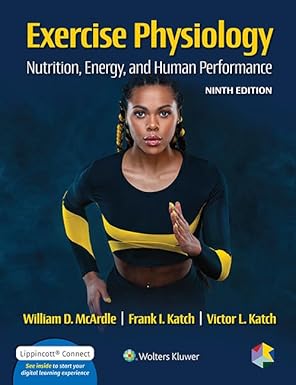
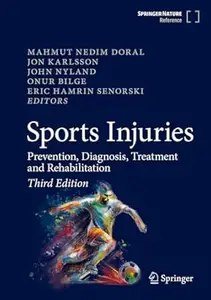


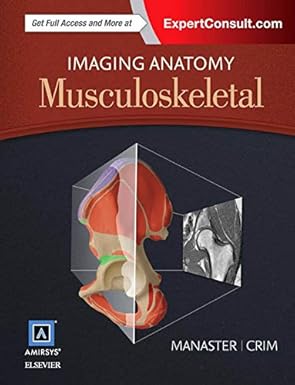
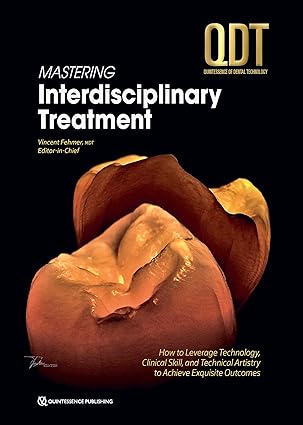
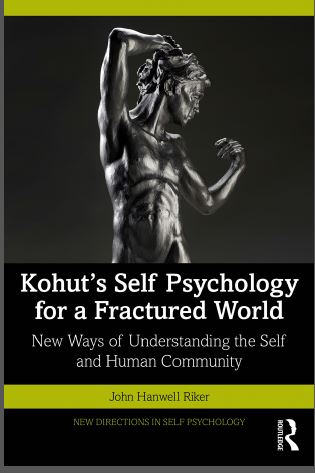

![Clinical Management of Swallowing Disorders (6th Edition) [2025] - Orginal Pdf Clinical Management of Swallowing Disorders (6th Edition) [2025] - Orginal Pdf](https://dl.libsan.ir/images/1/12/Clinical Management of Swallowing Disorders_68fdc2997972e.webp)
